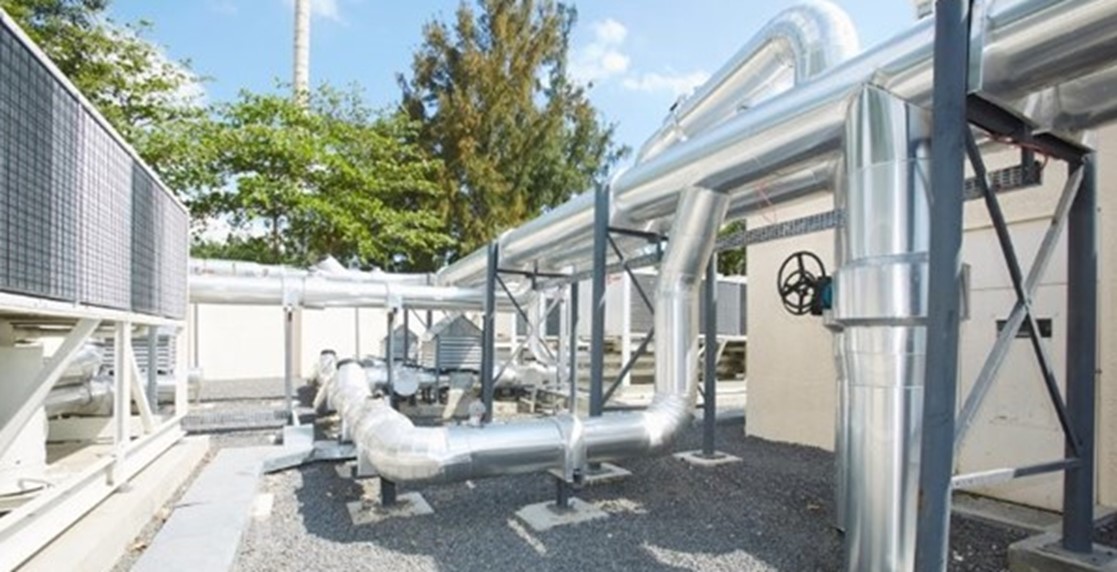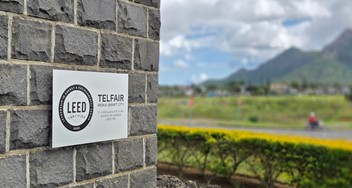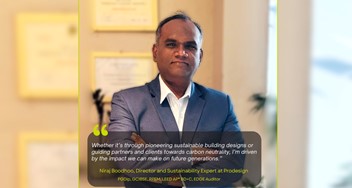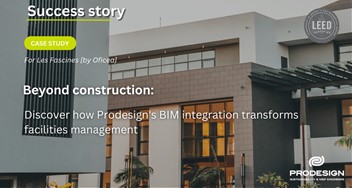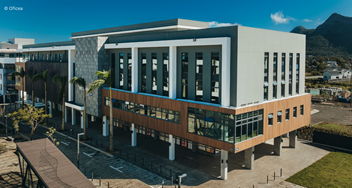A sensible decision is not easily come by because of variant factors like local climatic conditions (which can vary considerably even in a small country like Mauritius) and room usage. Analysing life-cycle costs also needs special tools like simulation software and a specialist consultant with experience of how to make an accurate assessment.
Decisions are too often taken based on partial information, some even only on the basis of initial cost. The result is disappointment because expected savings fail to materialise. A much broader approach is needed. What I want to do in this article is to try and make the steps that need to be taken in making a decision that much clearer.
The steps to take
1 Ensure that your service provider (consultant, contractor or supplier) has the software tools and expertise to perform dynamic thermal simulations and plant energy analyses. Ask about the tools and software they use and check whether they are accredited or endorsed by recognised bodies like ASHRAE or CIBSE.
2 Ensure that plant performance data is provided by manufacturers over a whole range of conditions and specifically those where the chiller is to be installed. Good service providers will obtain the following information from a supplier or manufacturer – even if they sometimes have to drag it out of them:
2.1 CAPFT and COPFT data (the available capacity as a function of evaporator and condenser temperatures at full load conditions) for a range of the condenser water temperatures most likely to be encountered on site. A set of at least six sets of data should be available for a range of chilled water-supply temperatures. The range of chilled water-supply temperature should be between 5 and 14 degree C as these should cover the possible range of operating conditions.
It is very important that the data covers the likely conditions that will be encountered on the site where the cooling equipment is to be installed. This information may not be readily available from manufacturers but you should not settle for standard data sets which fall outside site conditions.
2.2 A set of data for the part-load efficiency, COPFPLR, which is efficiency as a function of percentage unloading based on a set of at least six part-load conditions expressed as a percentage. Ideally, the reference point used in compiling this data should match that on site. For example, for a coastal resort in Mauritius, the condenser water temperature and the chilled water supply temperature could be 35 deg C and 6 deg C respectively. The data will be of very limited value if it fails to match your specific site conditions.
Check and ensure that this information is available to you or your consultant and agree it before proceeding further.
3 Very often test results produce wrong conclusions because of wrong design assumptions. You need to double-check the information being used in respect of internal and external conditions. The following information is of particular importance:
3.1 Weather data. The main climatic conditions that affect the cooling load are wet and dry bulb temperatures and the intensity of solar radiation. Hourly information for a locality should be obtained from a reliable meteorological source – if available. Otherwise, statistically generated or interpolated database or satellite interpolated information can be used. However, it would be wise to crosscheck this data against peak temperatures recorded on the site, making adjustments as necessary. Very often these interpolated databases are not accurate for microclimatic regions such as Port Louis and Flic en Flac in Mauritius. This may sound time-consuming but in practice it’s a relatively simple operation that can save a considerable amount of money.
Check and agree the weather data before proceeding further.
3.2 Internal conditions. Don’t leave it to the service provider to guess for you. You operate your hotel and are more aware of the temperatures set in guest rooms. You should record and communicate set temperature and relative humidity levels inside rooms to the service provider. These determine the cooling load required and plant capacity. Generally, guests in tropical beach resorts tolerate a higher level of humidity than that specified in design guides. For example, setting a room relative humidity level of 60% in a beach resort in Mauritius will be a waste of energy as guests are here to enjoy the sun and the sea – and tropical weather rather than frostbite. 70-75% might be a more reasonable figure.
4 Talk to your finance department about financing. In making an investment appraisal, you need to be well informed about interest rates on loans and the discount rate of using capital. Then communicate this information to your service provider.
5 Compile the room nights sold for at least a year, ideally a representative one which is more likely to reflect future occupancy rates. In fact, this rate is invaluable in preparing more accurate models and should always be used in plant energy analyses.
In fact, many hotels leave rooms air-conditioned even when empty to avoid condensation and mould problems. However, this is not advisable as a quick plant energy analysis will show just how much it costs to keep a room permanently air conditioned. Rotational use of rooms is likely to be a considerably more cost-effective option.
6 Understand the room occupancy profile during the day from experience and using data on the room energy-management system if available. Tourists spend much of their time outside their rooms and this should be considered when computing energy consumption. The use of standard software providing room-occupancy profiles is best avoided.
7 Examine the type of room energy-management system you intend to use. These systems help reduce energy consumption but come at a cost. Ask your service provider to calculate the energy savings from any system you are contemplating using and determine the return on investment.
With all this information, your service provider will be able to produce accurate life-cycle-cost analyses for various scenarios. He/she should be also able to simulate several what-if scenarios, for example the incidence on costs of increasing or reducing internal temperature and humidity, of having a minimum setback temperature, adding room energy-management systems and switching the AC off when guests are out rather than by using a setback thermostat These what-if scenarios are important in making the right decision, selecting the right chiller capacity and also determining if it is really worth investing in some types of energy-management systems.
Given the costs involved, making the right decision can make an enormous difference to how much you end up spending, so I intend to come up with a few further thoughts on this subject shortly. Watch this space!
Your service provider can be a building contractor, equipment supplier or a consulting engineer. A consulting engineer is likely to be better informed on all aspects of assessing cooling equipment requirements and is much less likely to have a vested interest in the purchases you make.
Vikram Bhujun is a Chartered Building Services Engineer and the Director of Prodesign. He has supervised several complex dynamic simulations, energy analyses and life-cycle costings of cooling systems in hotels. He can be contacted on Vikram.Bhujun@prodesign.mu www.prodesign.mu

